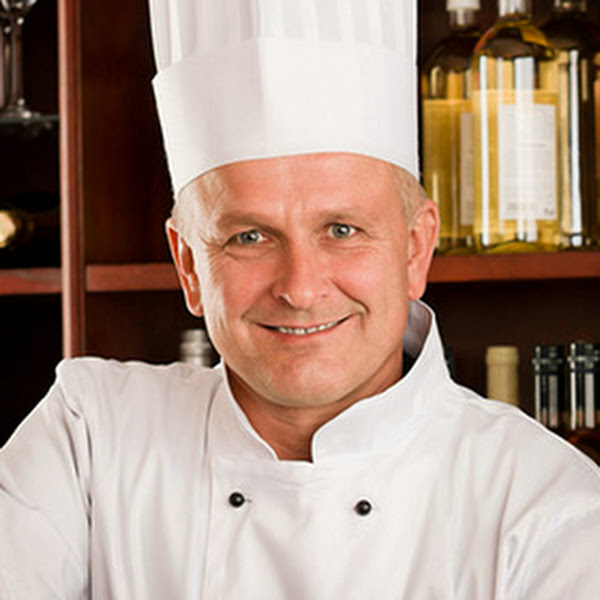Finding the Right Culinary School
By Mary Ann Matysik, CookingSchools.com Contributing Writer
How do you pick the perfect culinary school? You pick the one that's right for you.
If you're a recent high school graduate -- and you'll need that diploma or GED before you can start -- you can shop as you would for any college or vocational school, balancing the size, location, cost, and reputation. If you're a returning student changing your career or honing your skills, you'll also want a program that lets you schedule around existing job and family responsibilities. That's not an insurmountable problem.
The initial question: Do you want a career-based education, with the focus on culinary techniques, plus a dollop of food safety and sanitation? Or do you want your new culinary skills to be part of a larger degree-based experience that includes restaurant management and general education classes? If the level of accreditation and transferability is important to you, keep that in mind as you evaluate your choices.
Class Size
While schools may register from a couple of hundred to over a thousand students, most classes are kept relatively small, since you'll need hands-on experience and access to equipment. In order to maximize enrollment, and to some degree mimic a restaurant's long working day, schools will offer morning, afternoon and evening sessions, and you'll be placed in the same group, on the same schedule, throughout the program.
Housing
Student housing is available through most schools, but that may mean off-campus apartments. At Culinard - The Culinary Institute of Virginia College, about half of the 450 students are older than the traditional college freshman. Bibbie McLaughlin, senior vice president of admissions there, notes that chefs have relocated from around the world to take advantage of the Culinard program, but even there, only "seven to nine percent of the students have moved from other areas or other states." While other culinary schools may have a larger proportion of younger "traditional" students, most of these recent grads find programs they want close to home.
Admission: Passion Trumps Punctuation
On the whole, entrance into most culinary schools is not dependent on SAT, ACT or entrance exams. A personal interview and/or essay may be required, but you're being graded for passion, not punctuation. Admissions offices are looking for candidates who take their careers seriously. They are screening applicants to find those who have a personal commitment to the industry, and who understand that mastering the skills is only the beginning step. Carolyn Serrano, director of admissions and human resources at the San Diego Culinary Institute, cautions students that it is not the certificate that changes a student into a chef. "The establishment that you work for bestows the title of Chef upon you," Serrano says.
"Becoming a chef is a lifetime commitment to an ever-changing, challenging industry and demanding customers. The cooking part is the easy part. The leadership part is what will determine whether you will become a Chef," she explains. "Passion, commitment, positive attitude, progressive innovation, teamwork, experience and professionalism play a great part in moving you up the ladder."
Tuition and Income
 The price tag on a culinary education varies widely, depending to a large degree on the local market and the content, length and intensity of the classes. In the red-hot Southern California market, costs can range from $10,375 for a Professional Culinary Arts certificate program at the San Diego Culinary Institute, to $73,866 for a Bachelor of Science - Culinary Management degree at the Art Institute of California - San Diego. In any market, however, tuition for a 12- to 24-month course will probably range from $30,000 to $40,000.
The price tag on a culinary education varies widely, depending to a large degree on the local market and the content, length and intensity of the classes. In the red-hot Southern California market, costs can range from $10,375 for a Professional Culinary Arts certificate program at the San Diego Culinary Institute, to $73,866 for a Bachelor of Science - Culinary Management degree at the Art Institute of California - San Diego. In any market, however, tuition for a 12- to 24-month course will probably range from $30,000 to $40,000.The good news is that these costs often include registration fees, books, a professional knife or pastry kit, and complete chef uniforms -- you may not be a chef yet, but you can't cook in these pristine kitchens in torn jeans and yesterday's tee shirt. Except for insurance and housing costs --and the shoes to go with the uniform - what they say is what you pay.
It's not inexpensive, but all of the schools have an active placement service, almost guaranteeing a job upon graduation - and the difference in eventual income justifies the investment. Is it worth all this effort? According to the American Culinary Federation, a professional networking group for 75 years and an accrediting commission since 1986, "the number of food service operations has nearly doubled since 1972, and the industry continues to grow and change rapidly." Combine that image of a healthy industry with figures from the U.S. Department of Labor Bureau of Labor Statistics that show that, even without factoring in more responsible positions, salaries for the highest level of food preparation are three times higher than those at the lowest salaries. The numbers say that it's worth the effort.
The real bottom line, though, is your success at and satisfaction with your life's work. After all, there are a limited number of livelihoods where you can express your creativity, graciously nurture others in the community, and share your passion with the world, says Dominick Cerrone, director of culinary arts at New York's French Culinary Institute.
"Provided you have a strong work ethic and are truly passionate about it, a pursuit in the culinary field can be one of the most gratifying experiences you can imagine."









0 comments:
Post a Comment